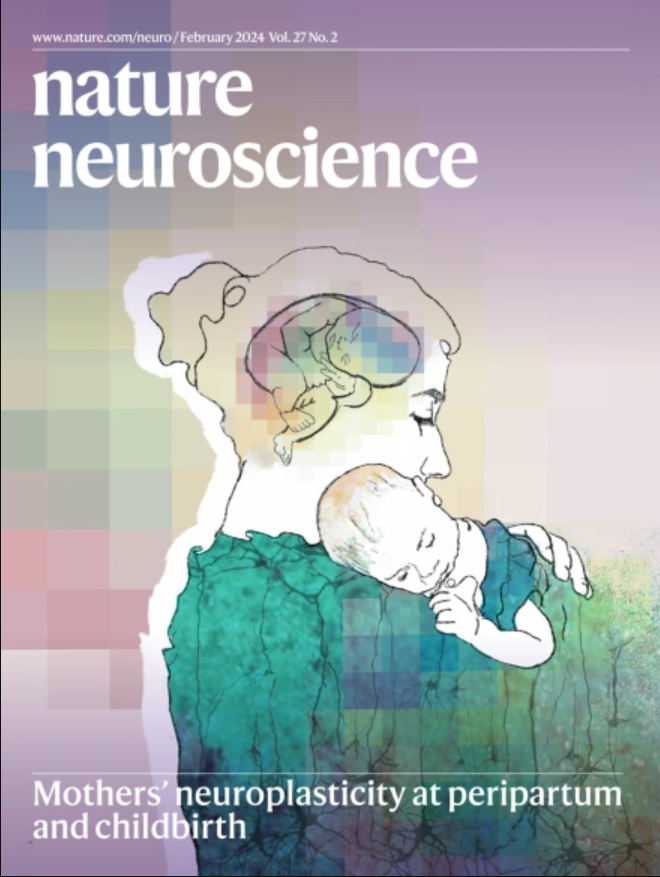Decoding dialogue is a matter of time
IF 20
1区 医学
Q1 NEUROSCIENCES
引用次数: 0
解码对话只是时间问题
人类的对话需要语言的产生和理解的整合。然而,在实时对话中起作用的神经机制在很大程度上仍未被探索。Yamashita及其同事在《自然人类行为》杂志上发表的一项研究调查了对话内容在多个时间尺度和大脑中的神经表征。参与者躺在核磁共振扫描仪中,与实验人员就27个话题进行对话,同时记录功能核磁共振。作者利用GPT模型对交互式语言任务进行了微调,从对话转录中提取了上下文嵌入,并利用这些嵌入来预测大脑活动的变化。神经语言表征在语音产生和理解之间部分共享,但这些共享表征的地形组织受到时间尺度的调节。单词和单句(1-4秒)的表征定位于联想皮层,而长语境(16-32秒)的表征则更为独特和广泛。对于语言产生来说,跨地区的平均差异最好用较短的上下文长度来解释,而较长的上下文对于语言理解来说是最好的。这些发现表明,语言生产和理解具有不同的时间整合过程,反映了生产需要动态运作,而理解则将语言输入与更广泛的语境信息整合在一起。原始参考:纳特。Behav。https://doi.org/10.1038/s41562 - 025 - 02231 - 4 (2025)
本文章由计算机程序翻译,如有差异,请以英文原文为准。
求助全文
约1分钟内获得全文
求助全文
来源期刊

Nature neuroscience
医学-神经科学
CiteScore
38.60
自引率
1.20%
发文量
212
审稿时长
1 months
期刊介绍:
Nature Neuroscience, a multidisciplinary journal, publishes papers of the utmost quality and significance across all realms of neuroscience. The editors welcome contributions spanning molecular, cellular, systems, and cognitive neuroscience, along with psychophysics, computational modeling, and nervous system disorders. While no area is off-limits, studies offering fundamental insights into nervous system function receive priority.
The journal offers high visibility to both readers and authors, fostering interdisciplinary communication and accessibility to a broad audience. It maintains high standards of copy editing and production, rigorous peer review, rapid publication, and operates independently from academic societies and other vested interests.
In addition to primary research, Nature Neuroscience features news and views, reviews, editorials, commentaries, perspectives, book reviews, and correspondence, aiming to serve as the voice of the global neuroscience community.
 求助内容:
求助内容: 应助结果提醒方式:
应助结果提醒方式:


